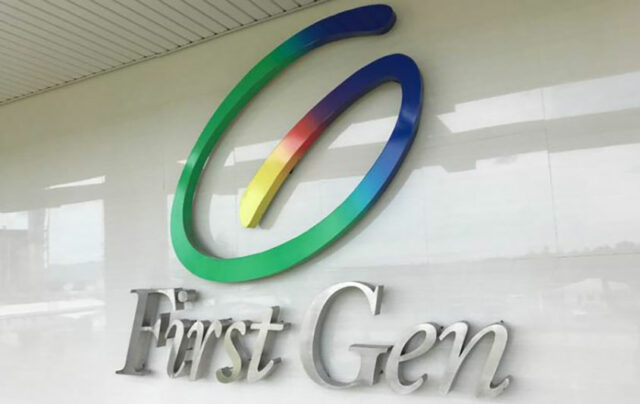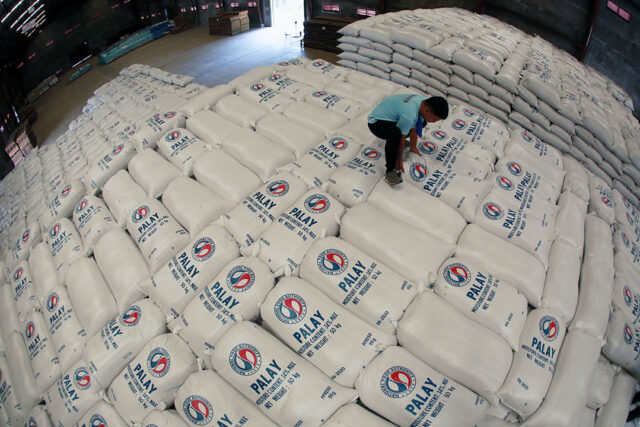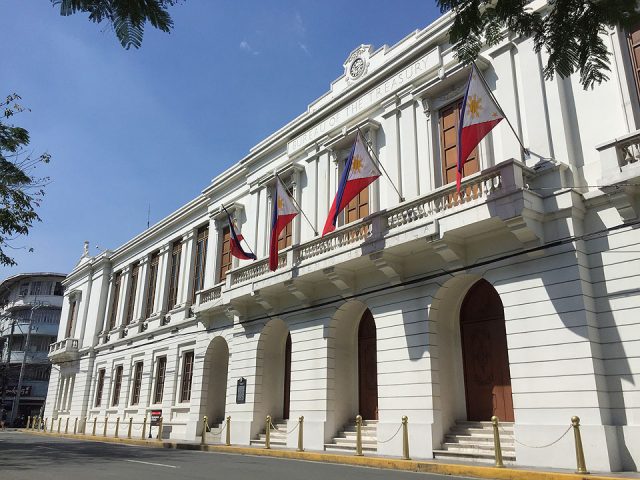The administration is seeking to amend the Rice Tariffication Law to address the high price of rice and President Ferdinand “Bongbong” Marcos, Jr.’s declining popularity ratings.
The principal amendment states that when there’s a shortage in the supply of rice, a sustained increase in the price of rice, or an extraordinary increase in the price of rice, as declared by the National Price Coordinating Council or Local Price Coordinating Council, the Secretary of Agriculture may declare an emergency and authorize the National Food Authority (NFA) to import rice when local sources are not available.
The Rice Tariffication Law removed the NFA’s power to import rice. This amendment will effectively restore that power to the NFA, although private traders will still be allowed to continue to import rice.
Although the proposed law states that the Agriculture Secretary may authorize the importation of rice only in “emergency situations” or a shortage in rice supply, it effectively gives cover for the NFA to import rice at any time since there’s a perennial shortage of rice supply. Our domestic rice production consists of only 13.2 million metric tons of rice, while our annual rice consumption is 16.8 million metric tons of rice. Therefore, the country will always be “short” and in an “emergency situation.” Furthermore, the condition of a sustained increase in the price of rice is vague and relative.
Will this amendment be effective in addressing the rising prices of rice?
It’s very doubtful. Rice prices are rising because world market prices have been rising due to the El Niño dry season phenomenon, climate change, and geopolitical supply disruptions, including a decision by India, the world’s biggest rice exporter, to withhold rice exports. How can the NFA lower rice prices, except perhaps by importing rice duty-free in unfair competition with private traders? Even then, can they import in enough volumes to affect the price of rice? According to Dr. Fermin Adriano, former Department of Agriculture Undersecretary, the NFA purchases at most 2% of the total rice market, too small to affect the general price level. Moreover, since the NFA is mandated to sell rice below the market price to consumers, it can only do so by incurring huge losses to the government and to the taxpayers.
The NFA could probably make a show by importing rice and selling it to a few Kadiwa stores at a subsidized rate, allowing the administration to claim it can solve the problem of high rice prices.
The risk is that the public can see through the political gimmickry and will blame the administration instead for overpromising and underdelivering.
However, a bigger political risk is that the administration will get tainted with corruption. Because of their family’s history, President Bongbong Marcos has been very careful not to be associated with charges of “cronyism” or “corruption.” Thus, his administration refused to award the Ninoy Aquino International Airport (NAIA) rehabilitation to an unsolicited bid by prominent conglomerates, even if their heads are his friends. Instead, his administration went the solicited bid route and successfully awarded the contract without controversy or corruption charges. This was a commendable achievement that increased the confidence of the private sector.
On the other hand, the National Food Authority is a different animal altogether. Especially when it had the monopoly to import rice before the Rice Tariffication law was passed, NFA personnel were known to ask for “tongpats” (kickbacks and bribes) along the entire supply value chain, from the imports of rice from foreign traders to trucking, warehousing, and marketing.
So incorrigible is the NFA that even without the rice import monopoly, it had managed to get into a corruption scandal. Recently, the Ombudsman ordered the suspension of NFA Administrator Roderico Bioco and 138 others in the NFA over the sale of buffer stocks to private traders at a disadvantageous price of P25 per kilo on the pretext that these stocks were “aging” and no longer fit for human consumption.
It’s true that Malacañang can wash its hands over corruption scandals in the NFA. However, if these happened because of the amendments it had sought, it can’t so easily distance itself. Moreover, the Secretary of Agriculture, Francisco P. Tiu Laurel, Jr., who will authorize the importation and supervise the NFA, is President Marcos Jr.’s bosom friend and trusted Cabinet Secretary. Even if Secretary Laurel is personally honest, as the NFA is under his supervision and control, he can get dragged into any corruption controversy in the NFA.
Given the National Food Authority’s history and culture, a corruption scandal is more likely than not to occur. The president is taking an unnecessary political risk.
However, there is one simple step that the President can take to lower rice prices and regain his popularity. He can cut the import tariffs on rice to zero or 10% from the present 35%. That will immediately result in lower rice prices across the board, not in a few places where a rice “emergency” has been declared. The entire rice-consuming population will benefit.
One of the reasons why former President Rodrigo Duterte enjoyed high popularity ratings was not only because of his drug war. A principal reason was the Rice Tariffication Law, which, in the early years of implementation, when global prices had not risen, saw rice inflation that was negative. Rice prices fell and stabilized.
On the other hand, restoring the NFA’s power to import and inspect warehouses will not reduce the general rice price level. At best, only certain consumers will benefit from the NFA’s “buy high, sell low” orientation. It’s doubtful if this kind of political gimmick will be effective.
It’s hard to understand why the administration refuses to cut the rice import tariff rate to reduce rice prices. First, it can say the tariff cut is only temporary. It will be good only until the rice emergency is over. Second, many rice farmers are themselves consumers of rice. They consume the rice they grow during the harvest season but buy in the market during the lean season. Third, the amount in the rice competitiveness fund has already exceeded the targeted amount. Finally, the administration can just extend cash vouchers to rice farmers. This is more economically efficient than incurring deficits to finance a “buy high and sell low” policy. Also, instead of the DA buying the machinery, seeds, and fertilizers that farmers don’t want or need, it’s better just to give them the cash because the farmers themselves know what they need.
Another benefit of lowering rice prices to consumers by cutting the tariff rate is boosting GDP growth. In the last quarter, retail consumption growth was 4.6%, the slowest since the third quarter of 2010, probably due to food inflation. Deflating rice prices will boost consumer confidence and enable the central bank to lower interest rates.
Just like the rice price cap, these RTL amendments that will restore the power of the NFA to import rice will be economically and politically ineffective and likely to be politically disastrous if the administration gets dragged into corruption scandals. Marcos’s critics will then say, “I told you so.”
Calixto V. Chikiamco is a board director of the Institute for Development and Econometric Analysis.
idea.introspectiv@gmail.com
www.idea.org.ph

















